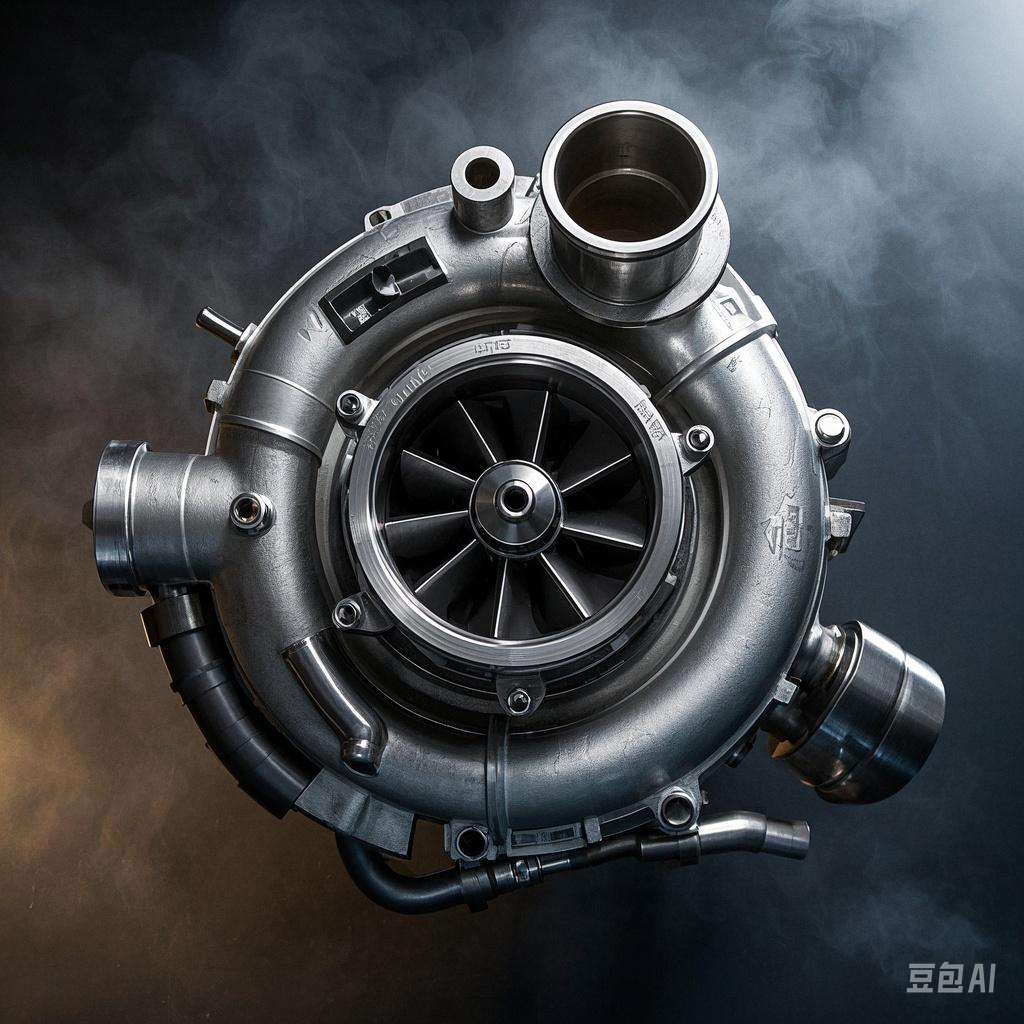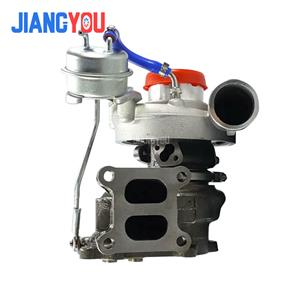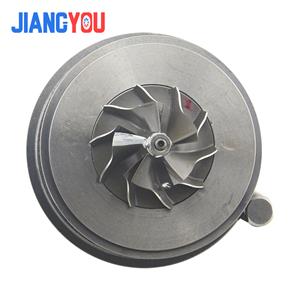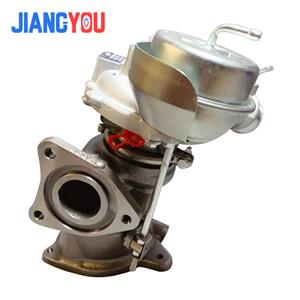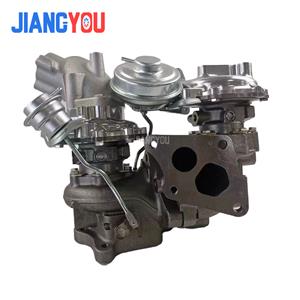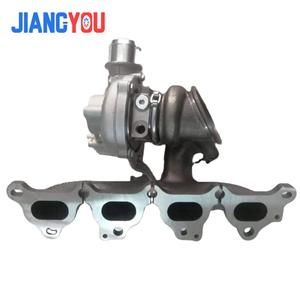- Home
- >
- News
- >
- Industry News
- >
- How does a turbocharger boost pressure?
How does a turbocharger boost pressure?
How does a turbocharger boost pressure?
The turbocharger achieves the engine's supercharging process through the following steps, thereby improving power output and efficiency:
1. Exhaust gas drives the turbine (Turbine)
• Exhaust gas energy utilization: When the engine is working, it will produce high-temperature and high-pressure exhaust gas,
which enters the turbine end of the turbocharger through the exhaust pipe.
• Turbine rotation: Exhaust gas impacts the turbine blades (usually made of high-temperature resistant materials such as nickel alloys),
driving the turbine to rotate at high speed (up to tens of thousands to hundreds of thousands of revolutions per minute).
2. Compressor operation (Compressor)
• Coaxial linkage: The turbine and the compressor impeller (Compressor Wheel) are directly connected through a rigid shaft.
When the turbine rotates, the compressor impeller rotates synchronously.
• Air compression: The compressor impeller inhales external air from the air inlet, and the high-speed rotating impeller accelerates and compresses the air,
significantly increasing the air pressure (supercharging).
3. Intercooling (Intercooling, optional step)
• Lowering the temperature: The compressed air temperature will increase (due to the heat generated during the compression process),
and the high-temperature air density is lower. Some systems will cool the compressed air through an intercooler to further increase its density,
thereby improving combustion efficiency.
4. High-pressure air is sent to the cylinder
• Intake optimization: The compressed high-density air enters the engine cylinder through the intake manifold.
• Combustion enhancement: More oxygen makes the fuel burn more completely, releases more energy per unit time,
and improves engine power (usually 30%-50% increase) and fuel economy.
Key advantages • Energy recovery: Utilize exhaust gas energy, reduce waste, and improve thermal efficiency.
• Small displacement and high output: Allow small-displacement engines to achieve power equivalent to large-displacement engines (i.e. "Downsizing").
• Environmental protection: Optimizing combustion can reduce unburned hydrocarbon and particulate matter emissions.
Core components
• Turbine: High temperature resistance, converting exhaust gas kinetic energy into mechanical energy.
• Compressor: Compresses air and increases intake density.
• Bearing system: Supports the high-speed rotating turbine shaft, common types include floating bearings or ball bearings.
• Wastegate: Controls boost pressure and prevents overpressure (equipped on some turbochargers).
Through this process, turbochargers significantly improve power performance and efficiency without significantly increasing engine displacement,
and are widely used in automotive, marine and industrial engine fields.
